Reuse Recycle and Restyle Your Home
Mar 11, 2020 | Carpet One Floor & Home
As a designer, my objective is to help tell the homeowner’s story through a carefully curated collection of furnishings, art, accessories, and an overall aesthetic that speaks to them. Truth be told, I love antique hunting for my interior projects, and when my clients have their own hand-me-down pieces that they’d like incorporated into the design, even better.
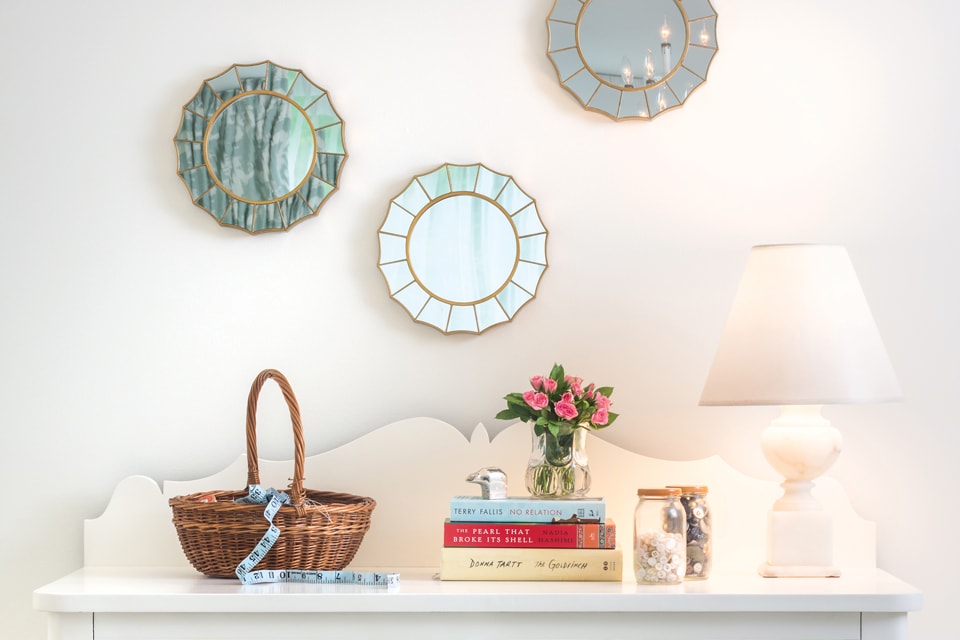
There are so many benefits to including older furnishings as part of a new design. First of all, it’s more cost efficient, with some fabulous items either already within your possession or available for purchase at a hefty discount. Repurposing existing furniture is not only greener for your wallet but is also better for the environment—and as we all know, environmentally friendly living starts at home.
Last but not least, as you purge your home of unwanted clutter, you’ll notice an elevated aesthetic to properly showcase those pieces that you really love—regardless if they’re old or new.
The “Mix-and-Match” Trend
Older furnishings can lend your space a look that is particularly hot right now—it’s cool and contemporary, yet warm with retro character. A lot of this comes by way of the beloved dents, scratches, and time you’ll find covering antiques from top to toe. Aside from those, you’ll also find handcrafted quality, time-honored traditions, and a good story or two. By highlighting a few thoughtfully selected, vintage objects, your space will have a “collected” and very deliberate look that’s evocative of an art gallery.
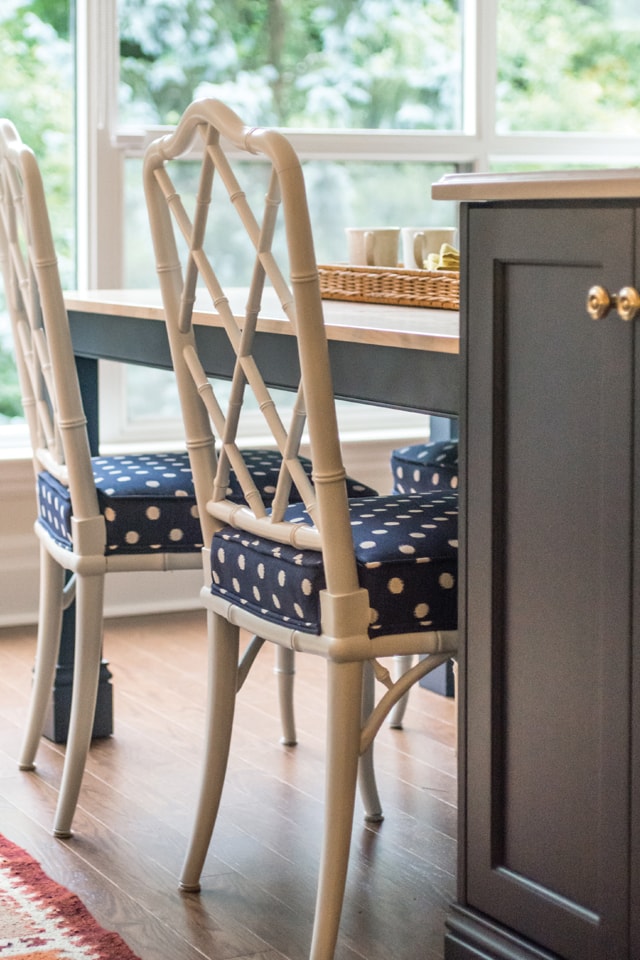
The Big Purge
Step one to a successful “old-meets-new” interior is to really evaluate every piece you currently have in your space. Start by asking yourself: Do I need it? Do I have room for it? And do I love it? If you answered “yes” to all three of these questions, then it can stay.
Items that are damaged or broken belong on the curb. Most cities have great recycling programs for curbside pick-up. Furnishings, accessories, small appliances, clothes, and toys that are gently used but no longer loved or needed should go into a “donate” pile. More and more charities and nonprofit organizations are popping up, eager to accept these still-good items for a good cause— and they will even come to collect them from your front door.
If you’re even the slightest bit tech-savvy, you can always sell your used items online. As they say, one’s trash is another’s treasure and there’s no shortage of people out there who can take your old items off your hands. Online is a great place to purchase these items as well, but more on that later!
Now that you’ve emptied out the space you’ll be redesigning, you’ll have to fill it up again! Now, before you lose your head (and your wallet), remember that in this case, less is more. The objective here is a highly curated aesthetic, so ensure the few items you choose to showcase make the right statement in your space.
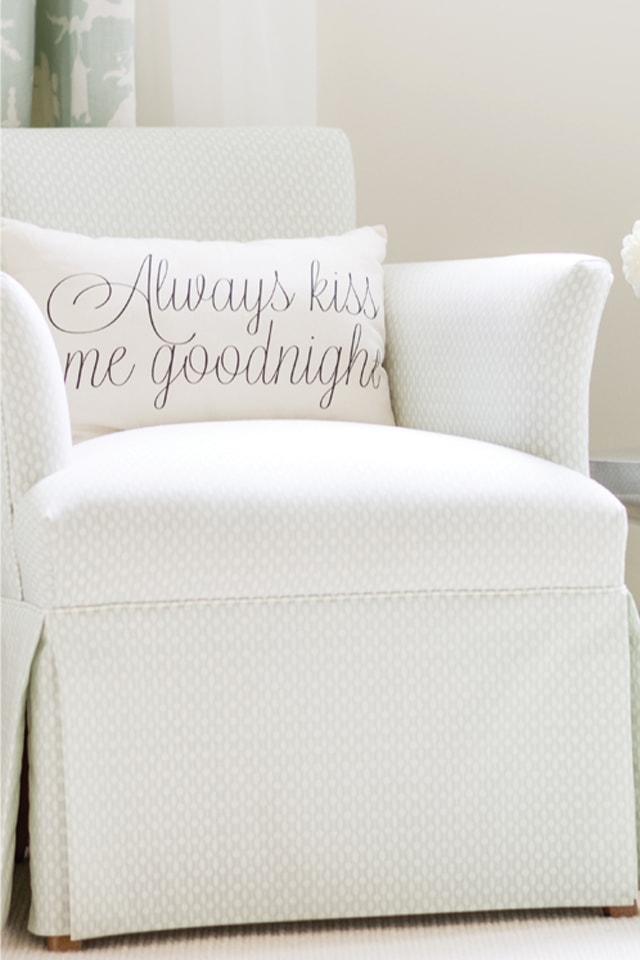
The Art of “Up-Cycling”
You likely have some solidly built furniture items you can’t quite part with. Perhaps they look dowdy and dated. But really look at them, and you’ll surely find something you love. The quality construction, the unique lines, the comfort. This is where “up cycling” offers a great option. As designers, my team and I have been doing this much more frequently, and we’re glad to see this trend picking up speed.
It’s easy to repurpose old dining chairs, sofas, armchairs, tables, and even lighting by refinishing them. A fresh coat of paint in a trendy color or adding a new fabric can instantly update and bring a tired piece back to life. No one will even suspect that it was ever—dare I say it— once destined for the curb.
Antique Hunting
So what if you haven’t inherited any cherished antiques? It might surprise you, but there are high-end and affordable finds right at your doorstep. These unicorns do exist and they are called “consignment stores.” Vintage décor is popular now, and good pieces are easy to find at places like consignment shops, estate sales, and flea markets. These secondhand furniture hot spots are filled with high-end, beautifully made gems that tell a story.
An added bonus is that the quality of some older furnishing can be vastly superior to some pieces that are being manufactured today, proving that they sure don’t make ‘em like they used to!
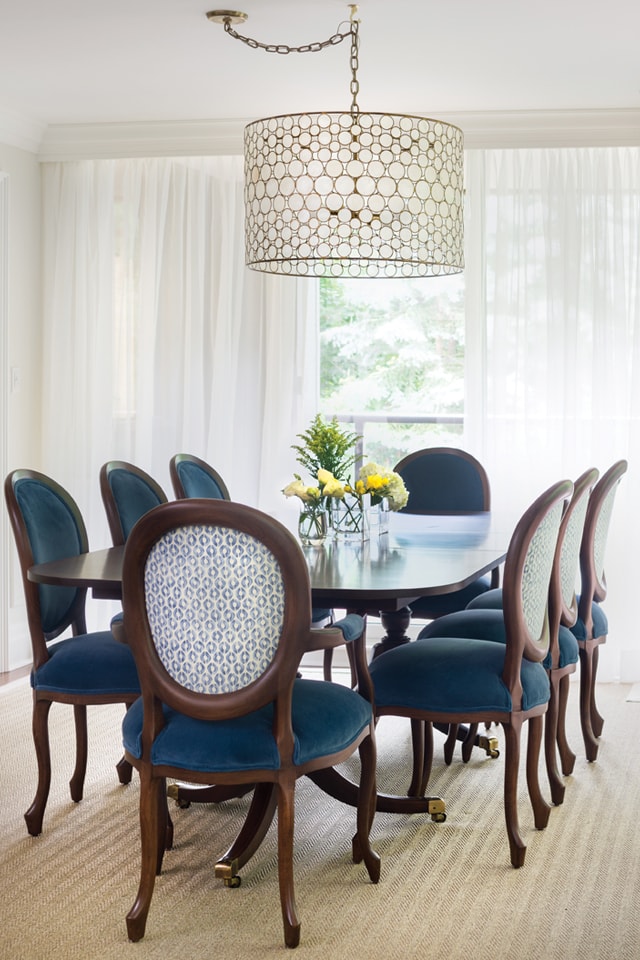
Strike a Balance
Once you find your furniture, accessory, or light fixture, mix it up by selecting some newer, more contemporary items to blend into the space. When creating an “old-meets-new” look at home, remember the design rule of repetition: a single modern element will look out of place in a sea of antiques. Be sure to balance these different styles with an equal ratio of pieces. Up-cycling is a great way to achieve that perfect balance of old and new, with a truly one-of-a-kind, custom piece you’ll never find in any shop.
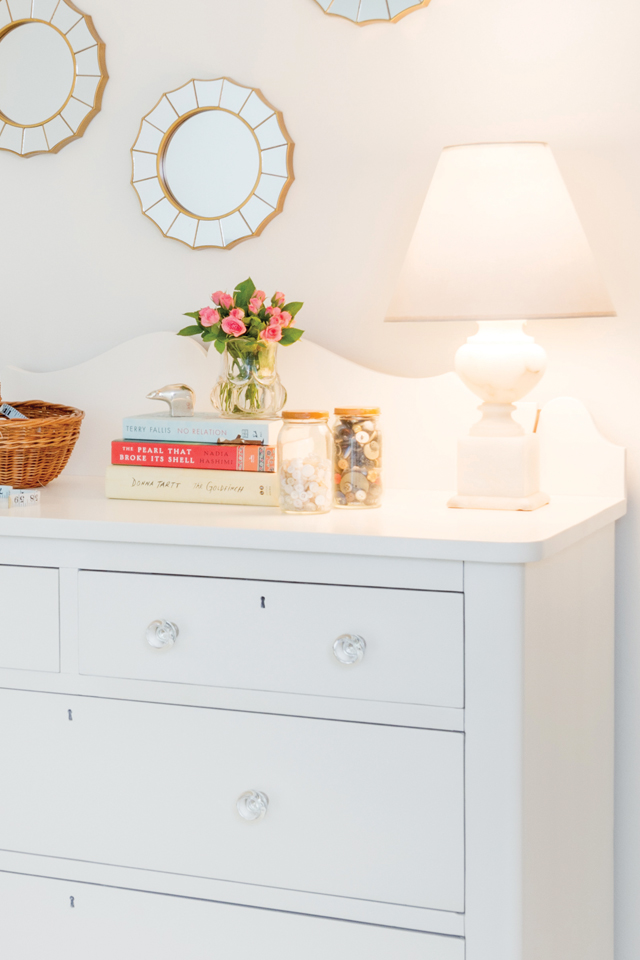
Accessories
With the furniture side of things covered, the last area to focus on is the accessories. I love to incorporate old, vintage finds from unexpected places. They become like buried treasures, tucked away on shelves, bookcases, and side tables. I prefer this to any mass-produced piece found in a big-box store. Scour antique stores, flea markets, and garage sales for some real beauties and bargains—it’s worth the effort. Not only will you be doing your part for the planet by minimizing your carbon footprint, but you’ll also be bringing lots of character and interest into the interior space.
Think “vertical” as a great way to showcase those interesting, vintage decorations and collections. Using a wall to store and showcase your pieces will help liven up the room without creating tabletop clutter or occupying valuable square footage. Dedicated wall storage means you’ll finally have a home for all those unconventional and perhaps unused items that still tell a good story.
Consider enhancing your display cases with dimmable integrated lighting. This will highlight your collections and turn them into a focal point in the room while adding illumination and ambience to the overall space.
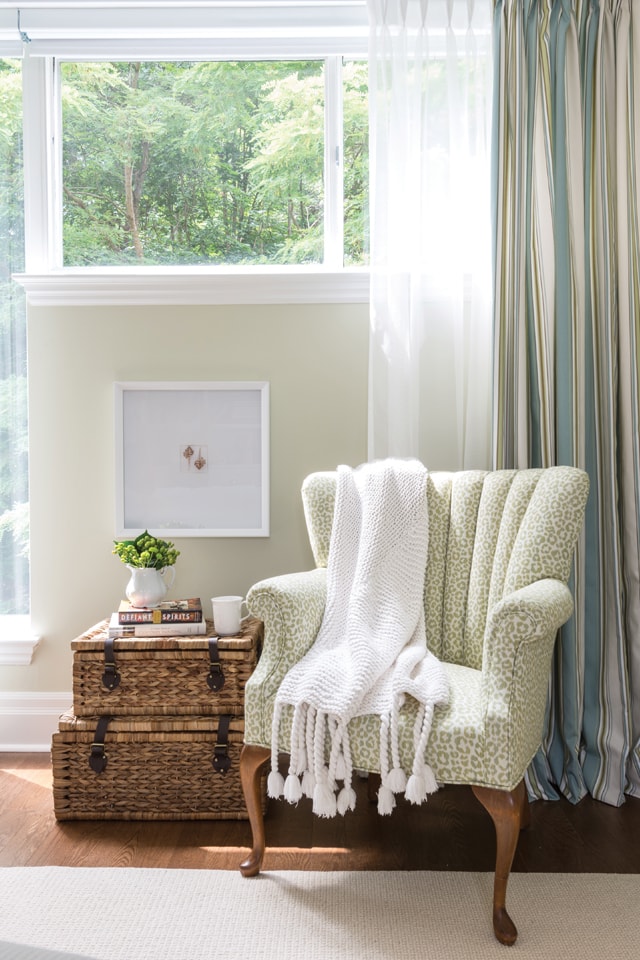
Think Outside the Box
When it comes to your used pieces, think strategically. Not everything is destined for the trash. Consider finding new uses for old objects. This is a fun way to challenge your creative side. Simple projects, like converting an old suitcase or trunk into a trendy side table or turning a sewing machine table into a vanity, can be an interesting approach to up-cycling that becomes a talking point for visitors and perhaps creates something cherished enough to be handed down. By repurposing pieces you already own, you’ll keep objects you’d otherwise never use out of the basement and better yet, out of the dumpster.
This old-meets-new, mix-and-match approach to interiors is much loved, and popular among homeowners and the design industry alike for many reasons. My team and I have certainly made a concerted effort to change our approach to our profession. Old and new can work together in perfect harmony, and they must for us to do our part for the planet. Reusing, recycling, and upcycling takes some know-how, forethought, and a keen eye for style. Working with an unbiased professional designer can help you objectively weed out the trash from the treasure and identify the items that are truly worth keeping.
Rebecca Hay Designs Principal of Rebecca Hay Designs, Rebecca is known and celebrated for her work and appearances on various acclaimed HGTV shows. With a focus on quality and craftsmanship, Rebecca and her team design beautiful, functional spaces, creating a signature blend of traditional and contemporary interiors.@RebeccaHayDesigns